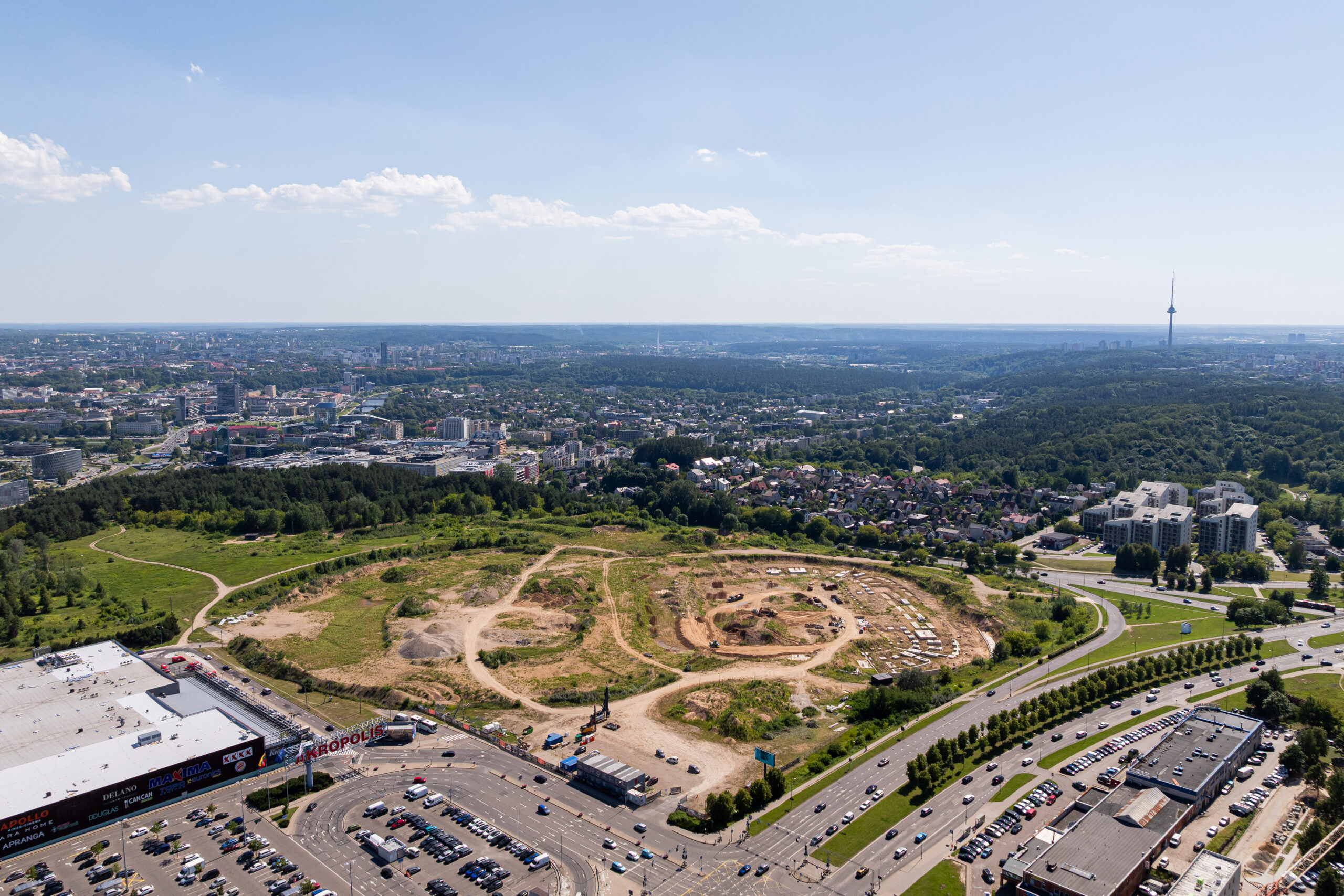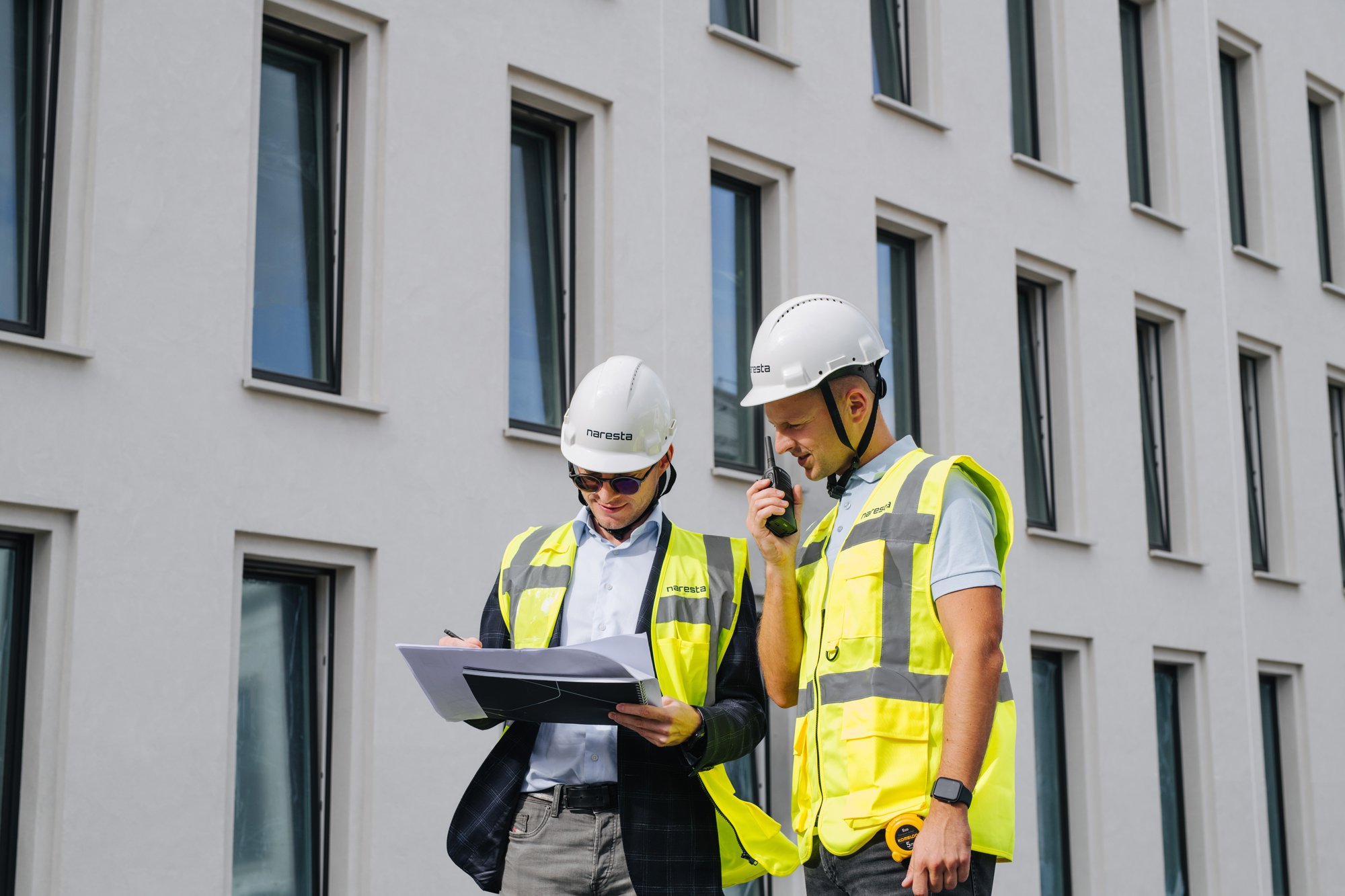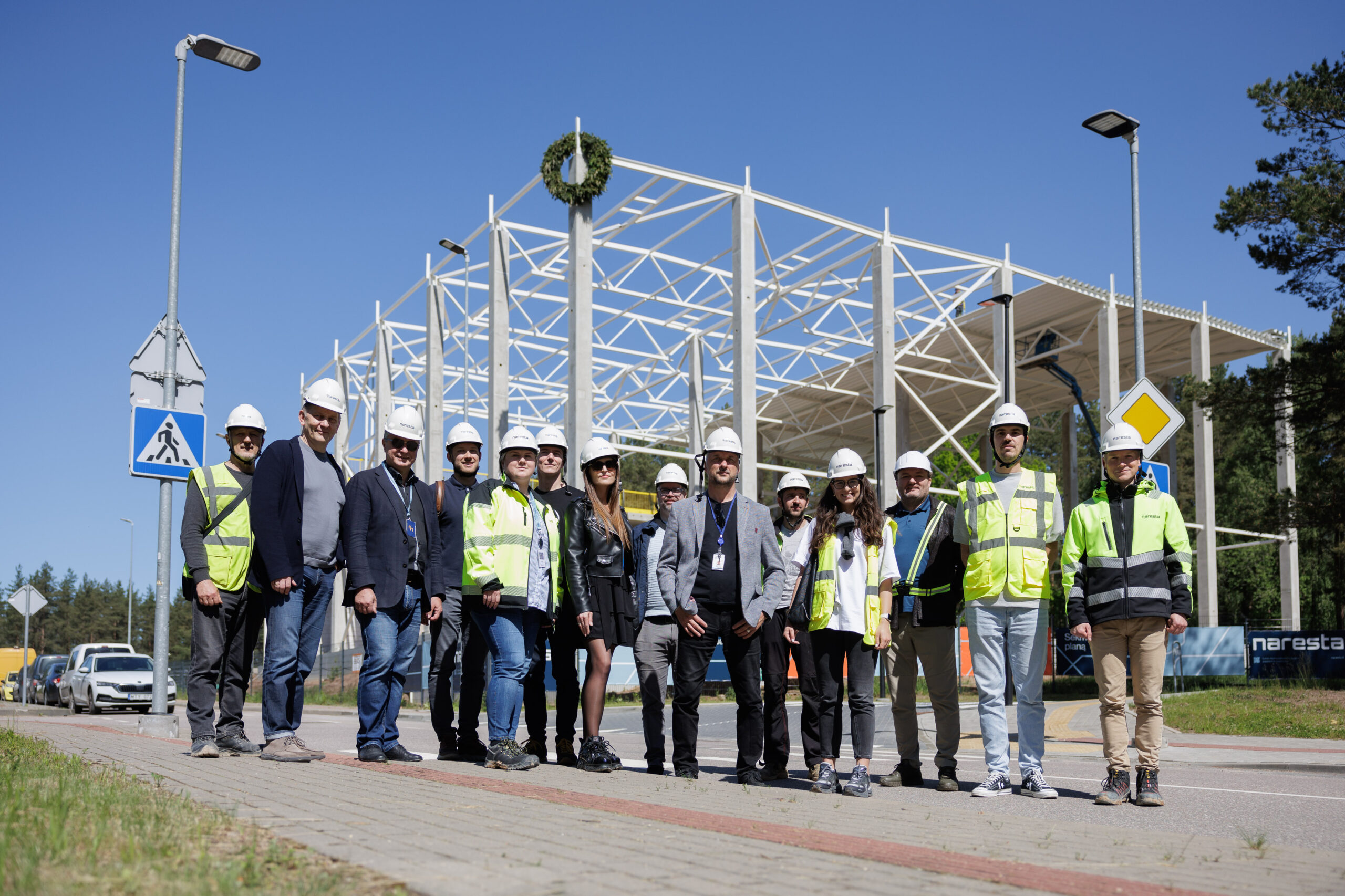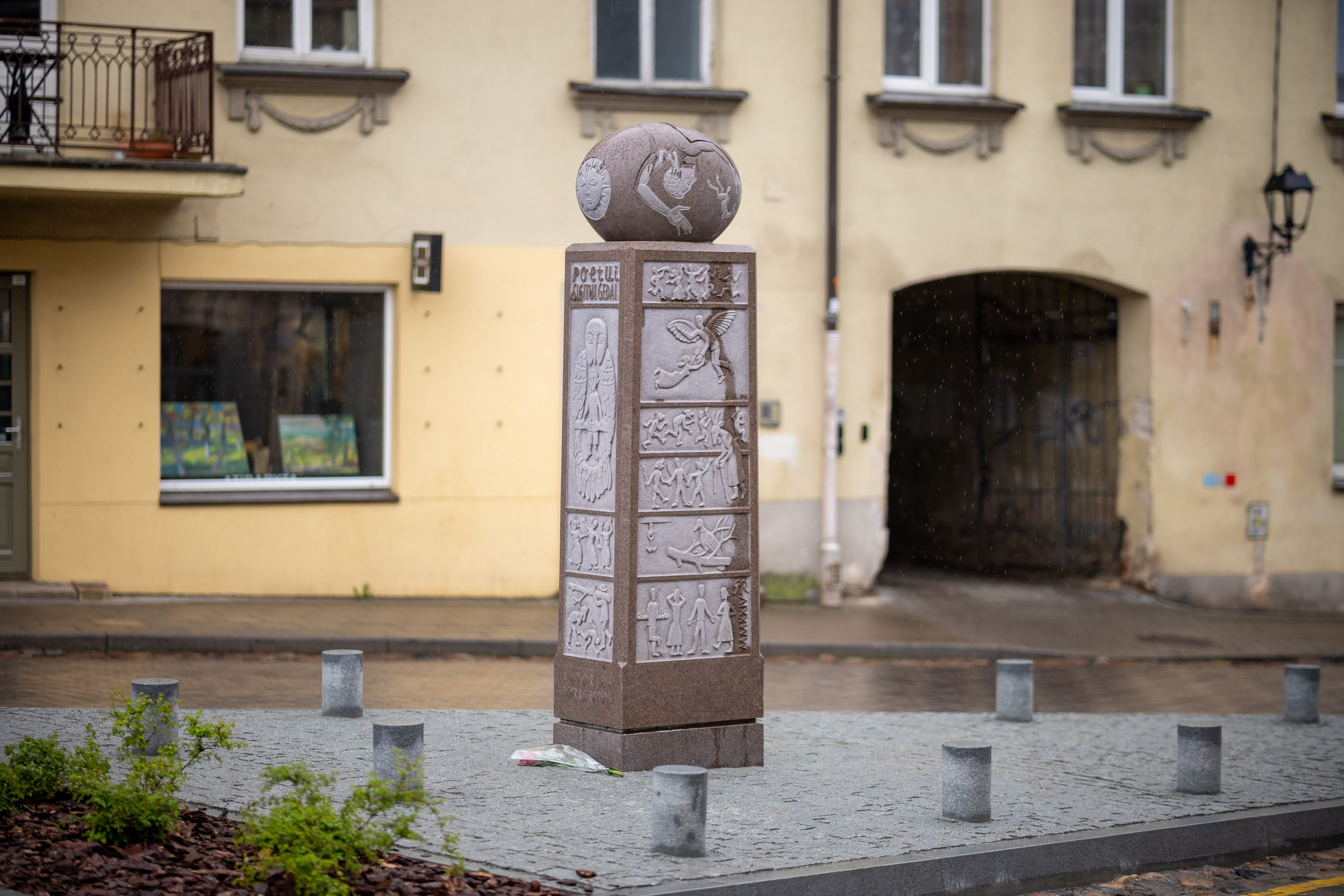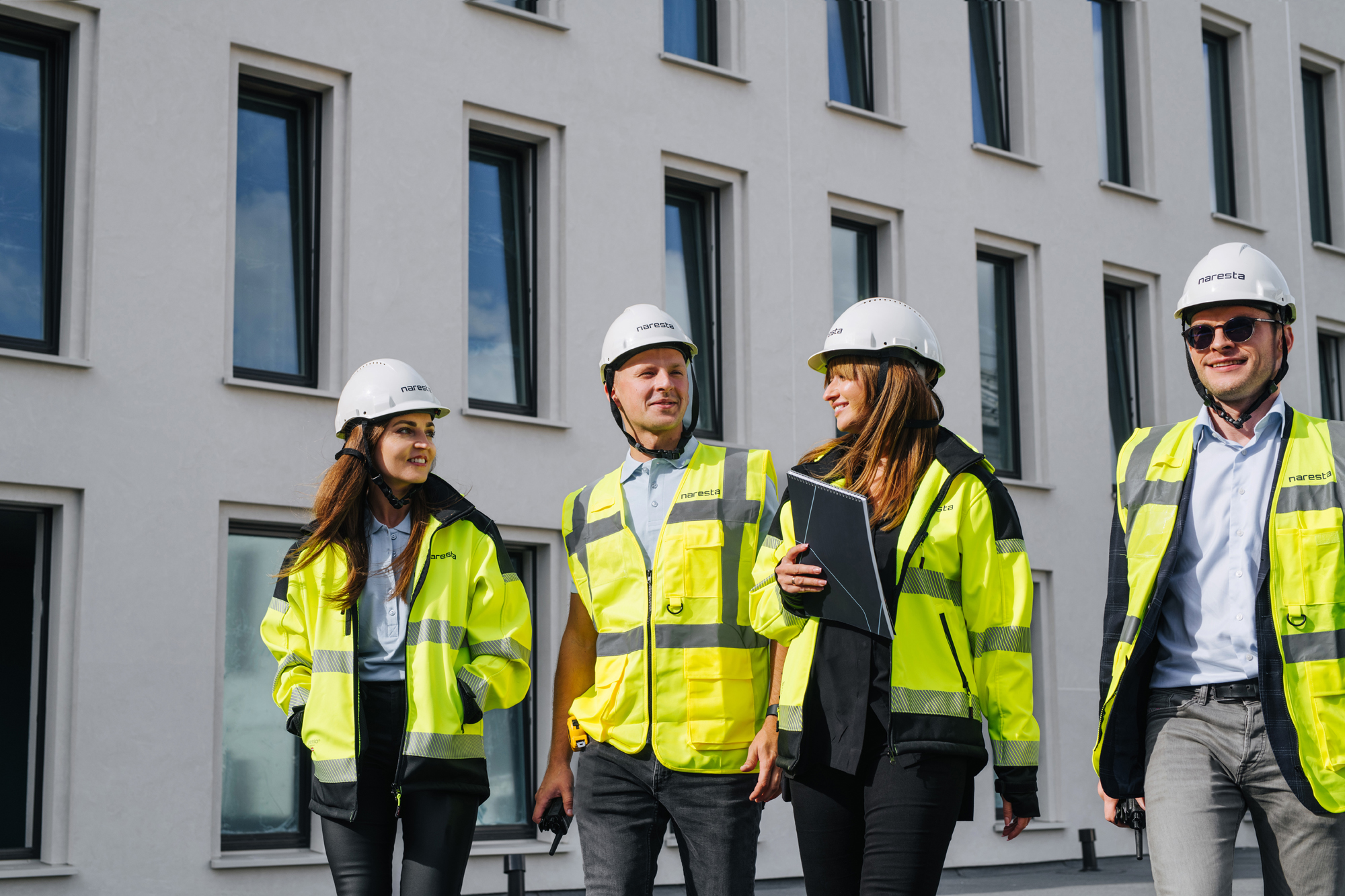
In recognition of the World Day for Safety and Health at Work, the State Labour Inspectorate (VDI) identified the sector with the highest incidence of occupational accidents and fatalities. The most challenging situation remains in construction. Experts in this field note that the main cause of accidents is the careless attitude of smaller market participants and the workers themselves towards rules.
“In the field of occupational safety and health, we are seeing both signs of progress and persistent challenges. One of the most important indicators — the number of fatal accidents — remained unchanged: in both the first quarter of 2024 and 2025, there were 4 fatal workplace incidents recorded (excluding traffic accidents). However, the number of severe accidents increased from 23 to 27 cases, rising by as much as 17%.
It is evident that the greatest danger to the safety and health of employees arises in the construction sector — during the first quarter of this year alone, there were 2 fatal and 10 serious accidents. That is more than in any other sector,” says Vesta Macė, Senior Adviser and Chief Labour Inspector at the State Labour Inspectorate (VDI).
Klaudijus Šimonis, Construction Director at Naresta, notices that despite the shocking statistics, there is still a lack of attention to occupational safety rules in the market.
“Culture is changing: major construction companies have been following the recommendations of VDI experts and good international examples for several years now, carefully safeguarding the health of their teams — from daily sobriety checks before and after work to continuous training and instructions, reminders, and strict supervision on the construction site.” Most of them have set the goal of zero accidents as one of their top priorities — and working in these companies is completely safe.
However, we must openly admit the unpleasant side: all of this is not enough. In the construction sector, there is still a lot of indifference to regulations, especially among smaller companies, which do not always allocate sufficient resources for supervision and control. What’s encouraging is that the market is applying pressure on itself — success stories serve as inspiration, while high safety standards for partners are forcing change,” notes K. Šimonis.
According to him, safety challenges in smaller construction companies arise for several reasons: due to their size, not all of them employ safety specialists, and many choose occupational safety companies that focus on documentation oversight rather than on-site safety control. Additional challenges arise from differing safety standards and cultures, as construction teams often include specialists of various nationalities who are not properly trained or continuously instructed while working in Lithuania. Finally, the expert notices a lack of basic willingness from the employees themselves to protect their own and their colleagues’ health.
VDI experts also record similar causes of accidents.
“An analysis of events in the first quarter of 2025 identified the primary causes of accidents as inadequate work organization, lack of internal control, insufficient occupational risk assessment, and, in certain cases, negligent behaviour by the employees. A positive aspect – not a single intoxicated employee was identified among the injured,” says V. Macė.
Positive signs can also be seen in the fact that representatives of the construction sector are the most active in communicating with VDI and seeking ways to work more safely.
“The majority of inquiries are related to the construction sector. We receive the most inquiries during the active construction period – from spring to autumn.
Most often, inquiries are made to clarify how to properly assess the risk of working at heights, what protective measures must be taken when performing various tasks, or how to ensure the safety of technical equipment. In particular, consultations on preventing falls from height are frequent. 1 fatal and 10 serious cases of workers falling from height recorded in one quarter alone,” says the expert.
According to Construction Director of Naresta, all safety precautions are taken to ensure safe construction work.
“Our country has strict, clear rules that, when followed consistently, make all processes on the construction site safe and controlled. It is very important for both our industry leaders and employees themselves to emphasize that it is not the profession or field that is unsafe, but rather irresponsible behaviour and failure to follow rules. Workers themselves, and the companies that employ them, must be willing to protect their own and their colleagues’ health and lives,” he says.
V. Macė notices that more attention should be paid to occupational safety and that this topic should be more broadly integrated into the field of education.
“Some countries, especially Scandinavian countries, base work culture on a systemic approach — there workplace safety is shaped from school times. Meanwhile, in Lithuania, it is still often necessary to remind that an employee has the right to refuse to work in an unsafe environment. Nevertheless, a positive shift is that this topic is now being discussed more openly in the public sphere,” the expert says.
